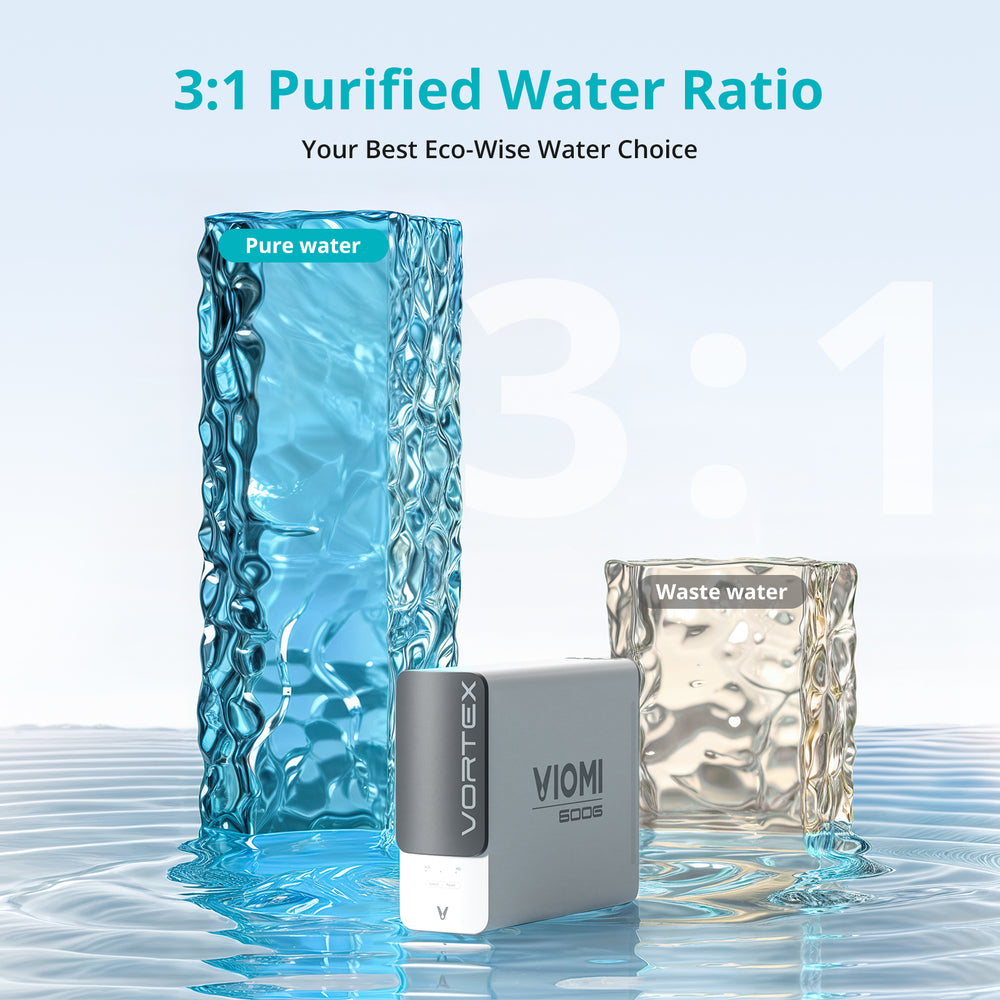Unlock the Secrets of Pure Water: Discover the Magic of Reverse Osmosis Filtration!
In a world where clean and safe drinking water is essential for health and well-being, understanding the various methods of water filtration can empower us to make informed choices. Water filtration systems come in many forms, from simple pitcher filters to complex whole-house systems. Among these options, reverse osmosis (RO) filtration has gained significant popularity due to its effectiveness in purifying water. By utilizing a sophisticated process to remove impurities, RO systems promise not just cleaner water but also peace of mind. This article delves into the benefits, features, and working principles of RO water filtration systems, shedding light on why they are becoming a household favorite.

Understanding Reverse Osmosis (RO) Filtration Systems
Reverse osmosis is a water purification technology that employs a semi-permeable membrane to remove ions, molecules, and larger particles from drinking water. The process begins with osmosis, where water naturally moves from an area of low solute concentration to an area of high solute concentration through a membrane. In reverse osmosis, this process is reversed by applying external pressure to the high solute side, forcing water through the membrane and leaving contaminants behind. The result is purified water, free from harmful substances such as salts, heavy metals, and microorganisms. This intricate process not only ensures the removal of impurities but also enhances the overall quality of the water we consume.
The Components of an RO System
An RO system is composed of several key components that work in harmony to achieve optimal filtration. The first is the pre-filter, which removes larger particles and sediment from the water, protecting the RO membrane from damage. Next, the heart of the system is the RO membrane itself, responsible for the majority of the filtration process. After the water passes through the membrane, post-filters come into play, further polishing the water for taste and odor. Finally, a storage tank holds the purified water, ready for use. Each component plays a crucial role in ensuring that the water is not only safe to drink but also tastes great.
Benefits of Using a Reverse Osmosis Filtration System
The advantages of using an RO filtration system are numerous and compelling. One of the most significant benefits is the improved taste and odor of water, which can make drinking more enjoyable. Many users report that their water tastes crisp and refreshing after going through an RO system. Beyond taste, RO systems excel at removing a wide range of contaminants, including chlorine, lead, and even certain bacteria, making it a health-conscious choice. Moreover, using an RO system can lead to environmental benefits, as it reduces reliance on bottled water, thereby decreasing plastic waste. A friend of mine who recently installed an RO system in her home shared that she feels much more confident about her family's water quality, eliminating the need for store-bought water and contributing to a more sustainable lifestyle.
Common Misconceptions About RO Filtration Systems
Despite their benefits, there are several misconceptions about RO systems that often deter potential users. One common myth is that RO systems waste a lot of water; however, advancements in technology have significantly improved their efficiency, reducing waste. Another misconception is that RO systems strip water of all minerals, which can be concerning for those who prioritize mineral intake. While it is true that some minerals are removed, many RO systems are designed to retain beneficial minerals or can be enhanced with mineral filters. Maintenance concerns also arise, but with proper care and regular filter changes, an RO system can operate effectively for many years.
Enhancing Health Through RO Systems
In summary, reverse osmosis filtration systems offer a reliable solution for those seeking clean, safe, and great-tasting water. By understanding how these systems work and the benefits they provide, it's clear that investing in an RO system can enhance not only the quality of your drinking water but also your overall health. As we continue to navigate the complexities of water quality, considering an RO system for your home may be one of the best decisions you can make for your family's well-being.



